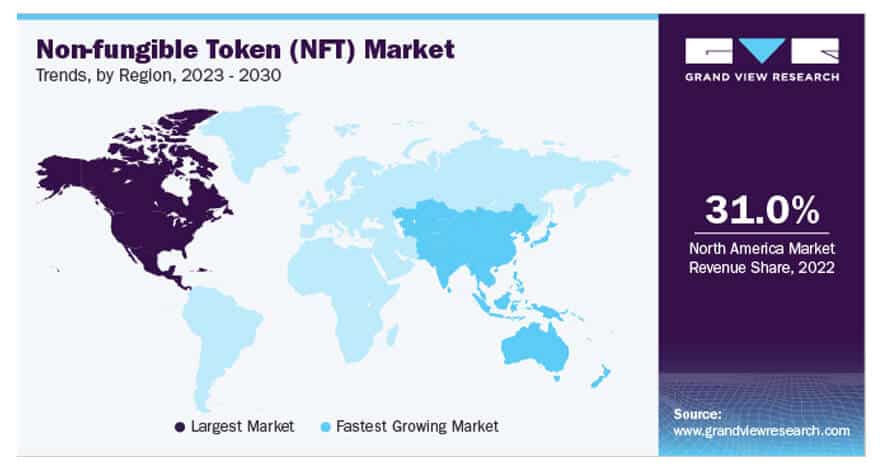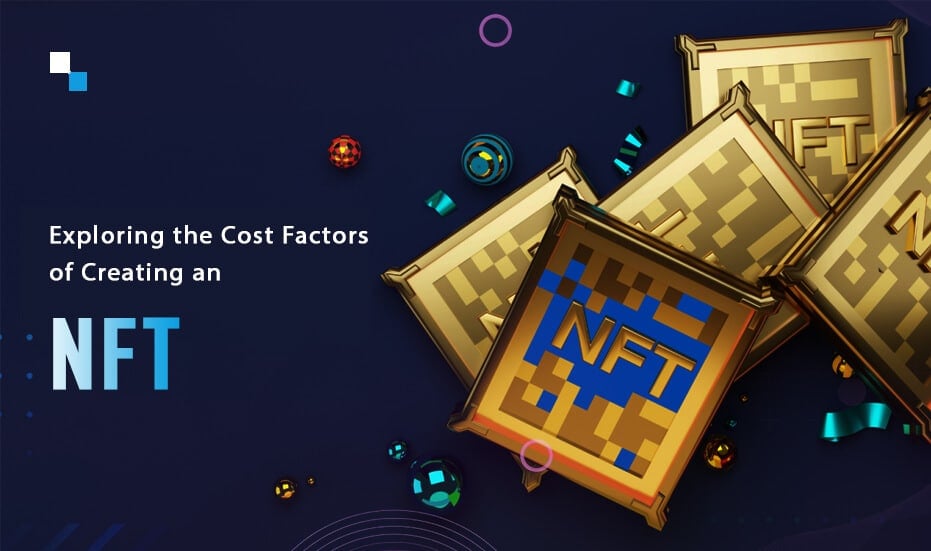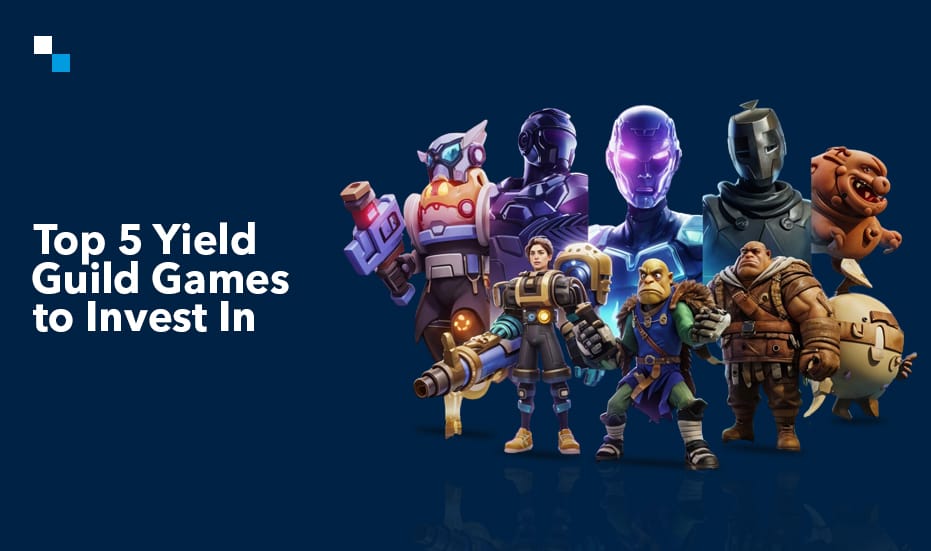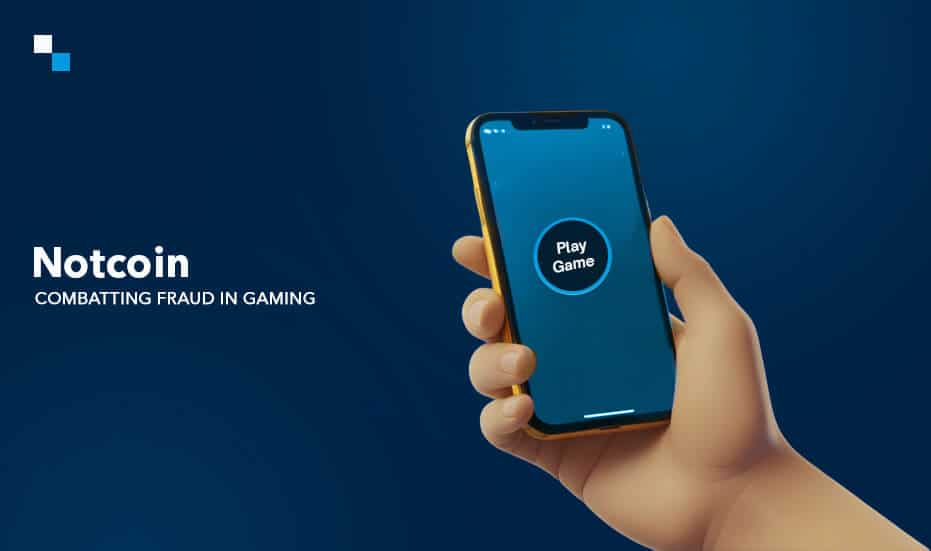
The Role of AI in Custodial Wallets: Enhancing Security and User Experience
June 16, 2023
BRC-721E: Unlocking a New Era of Ethereum NFTs with Bitcoin Ordinals
June 19, 2023In recent years, the world of blockchain technology has given rise to a fascinating digital phenomenon: non-fungible tokens (NFTs). NFTs have gained significant popularity, revolutionizing the way we perceive ownership and digital assets.
By 2027, 19.31 million users are projected to be present in the NFT market. Revenue is anticipated to grow at a rate of 18.55% per year (CAGR 2023-2027), translating to a projected total of US$3,162.00m by 2027.

When there is so much hype about NFTs, let’s delve into the concept of NFT development, understand the process, and explore the factors that influence the cost to create a NFT collection. Whether you are an artist, a creator, or simply curious about the NFT landscape, this guide aims to provide you with valuable insights into this exciting and rapidly evolving realm.
Understanding NFTs
Before we delve into the process of development and estimation of cost to create a NFT, let’s establish a clear understanding of what NFTs are.
NFTs are unique digital assets that represent ownership or proof of authenticity of a particular item, be it art, music, videos, virtual real estate, or even virtual pets. Unlike cryptocurrencies like Bitcoin or Ethereum, NFTs are indivisible and cannot be exchanged on a like-for-like basis. Each NFT is distinct and holds unique properties that make it different from any other token.
The Process To create a NFT
The process of NFT development involves several key steps. Here is a simplified overview of the typical journey involved in creating an NFT collection:
- Conceptualization
The first step is to conceptualize your NFT collection. Define your artistic vision, theme, or concept that will guide your collection’s creation. - Digital Asset Creation
Once the concept is established, you need to create the digital assets that will be associated with your NFTs. This could involve creating digital artwork, music tracks, videos, or any other digital content that aligns with your collection. - Blockchain Selection
Choosing the blockchain platform on which your NFTs will be developed and minted is crucial. Ethereum is currently the most popular choice, but other blockchain networks like Binance Smart Chain, Flow, or Tezos offer alternative options. - Smart Contract Development
Smart contracts serve as the backbone of NFTs, defining the rules, ownership, and transferability of the tokens. You can either write your own smart contract or seek the assistance of blockchain developers or NFT development platforms. - Minting and Tokenization
Once the smart contract is ready, you can proceed with minting your NFTs. Minting involves creating unique tokens that are then associated with the digital assets you created earlier. - Metadata and Token Listing
To enhance the value and uniqueness of your NFTs, you can attach metadata to each token. This can include details about the creator, the artwork, or any other relevant information. Afterward, you can list your NFT collection on various NFT marketplaces.
The Factors That Influences The Cost To Create a NFT Collection
Now, let’s discuss the factors that influence the cost to create a NFT. It’s important to note that the cost can vary significantly depending on the complexity and scale of your project. Here are some key factors to consider:
- Digital Asset Creation
The creation of high-quality digital assets is a crucial aspect of NFT development. The cost will depend on factors such as the type and complexity of the assets, the skill level of the artists or creators involved, and any licensing or copyright considerations. - Smart Contract Development
Developing a custom smart contract can range from a few hundred to several thousand dollars, depending on the complexity of the contract and the experience of the developers involved. Alternatively, you can opt for pre-built templates or existing platforms that offer NFT creation functionalities. - Blockchain Fees
Minting NFTs involves interacting with the blockchain, and each transaction incurs a fee. Ethereum, for example, has fluctuating gas fees that can vary greatly depending on network congestion. These fees can add up, especially if you plan to create a NFT collection of huge size or make frequent updates to your NFTs. - Legal Considerations
NFT creators should consider legal aspects such as copyright, intellectual property rights, and licensing agreements. Consulting with legal professionals to ensure compliance with relevant laws and regulations can incur additional costs. - Marketing and Promotion
Creating NFTs is just the first step; marketing and promoting your collection are essential to attract buyers and enthusiasts. Costs may include website development, social media marketing, influencer collaborations, and other promotional activities. - NFT Marketplace Fees
Listing your NFT collection on various marketplaces will usually involve platform fees or commission charges. These fees vary depending on the marketplace and can impact your overall costs.
Create Your Own NFT Token
Schedule Free DemoCan You Create A NFT for Free?
Users of Polygon Blockchain can mint NFTs without paying anything. The NFTs are listed on Polygon for free, and the designers are able to mint them. It is referred to as lazy minting. You can create NFTs “off-chain” (outside of the main blockchain) via lazy minting, which will only charge you fees when the NFT is sold. The sale of the NFT will result in its publication to the “on chain” (the main blockchain). The platform will deduct 2.5% of the selling price for the service. If you are attempting to create a NFT collection for the first time, then Polygon is the ideal choice.
Why Do People Like To Invest Heavily In NFT Development?
The growing popularity of NFT development can be attributed to several key reasons. Let’s explore some of the factors that have contributed to the rise of NFTs:
- Digital Ownership and Scarcity
NFTs provide a way to establish verifiable ownership and authenticity of digital assets. With traditional digital files easily replicable and shareable, NFTs introduce scarcity by creating unique tokens that represent a specific item. This concept of digital ownership has appealed to creators, collectors, and enthusiasts, as it allows them to establish value and rarity in the digital realm. This is one of the significant reasons why people like to bear the cost to create a NFT without any hesitation. - Empowering Artists and Creators
NFTs have offered a new revenue stream for artists and creators. By minting and selling their digital creations as NFTs, artists can directly monetize their work without relying solely on traditional art marketplaces or intermediaries. As an artist, when you create a NFT, it makes it easier to have complete control over the creation, set a price, receive royalties from secondary sales, and enjoy greater financial autonomy. - Tokenization of Various Assets
NFTs have extended beyond digital artwork and have become a means of tokenizing various assets. They have been used to represent music, videos, virtual real estate, virtual goods in games, collectibles, and even real-world assets like real estate and luxury items. This versatility has expanded the scope of NFT development and attracted a broader range of industries and individuals to explore their potential. - Blockchain Technology and Transparency
NFTs are built on blockchain technology, which offers transparency, immutability, and security. Blockchain ensures that ownership records and transaction history are publicly accessible, creating trust and traceability within the NFT ecosystem. This transparency has fostered confidence among buyers and collectors, as they can verify the authenticity and provenance of NFTs. - Participation and Community Engagement
NFTs have created a sense of community and engagement among creators, collectors, and fans. Online communities, social media platforms, and NFT marketplaces have provided spaces for creators to showcase their work, interact with their audience, and build dedicated fan bases. This direct connection between creators and their supporters has generated excitement and a sense of belonging within the NFT community. - Investment and Speculation
The potential for high returns on the cost to create a NFT collection has attracted investors and speculators. Rare and highly sought-after NFTs have fetched significant sums at auctions, fueling the perception of NFTs as valuable digital assets. This speculative aspect has drawn attention to the NFT market and contributed to its growing popularity. - Innovations in Virtual Reality and Metaverse
NFTs have become an integral part of the virtual reality (VR) and metaverse ecosystems. NFTs enable ownership of virtual assets within these immersive digital environments, allowing users to personalize their virtual experiences and participate in virtual economies. As VR and metaverse concepts gain traction, NFTs play a crucial role in facilitating digital asset ownership and trade within these emerging virtual worlds.
Conclusion
Non-fungible tokens have disrupted the digital landscape, opening up new possibilities for creators, artists, and collectors. The process of NFT development involves creating digital assets, developing smart contracts, minting tokens, and listing them on marketplaces. While the cost to create a NFT collection can vary based on factors like digital asset creation, smart contract development, blockchain fees, legal considerations, marketing, and marketplace fees, it’s crucial to weigh the investment against the potential rewards and value associated with your unique NFT collection.
As the NFT ecosystem continues to evolve, exploring this exciting frontier can lead to endless creative opportunities and new avenues for digital ownership. Let your dream to create a NFT collection and earn revenues be fulfilled with the help of Antier. We will help you every step of the way with NFT creation and listing. Why not give it a try?



